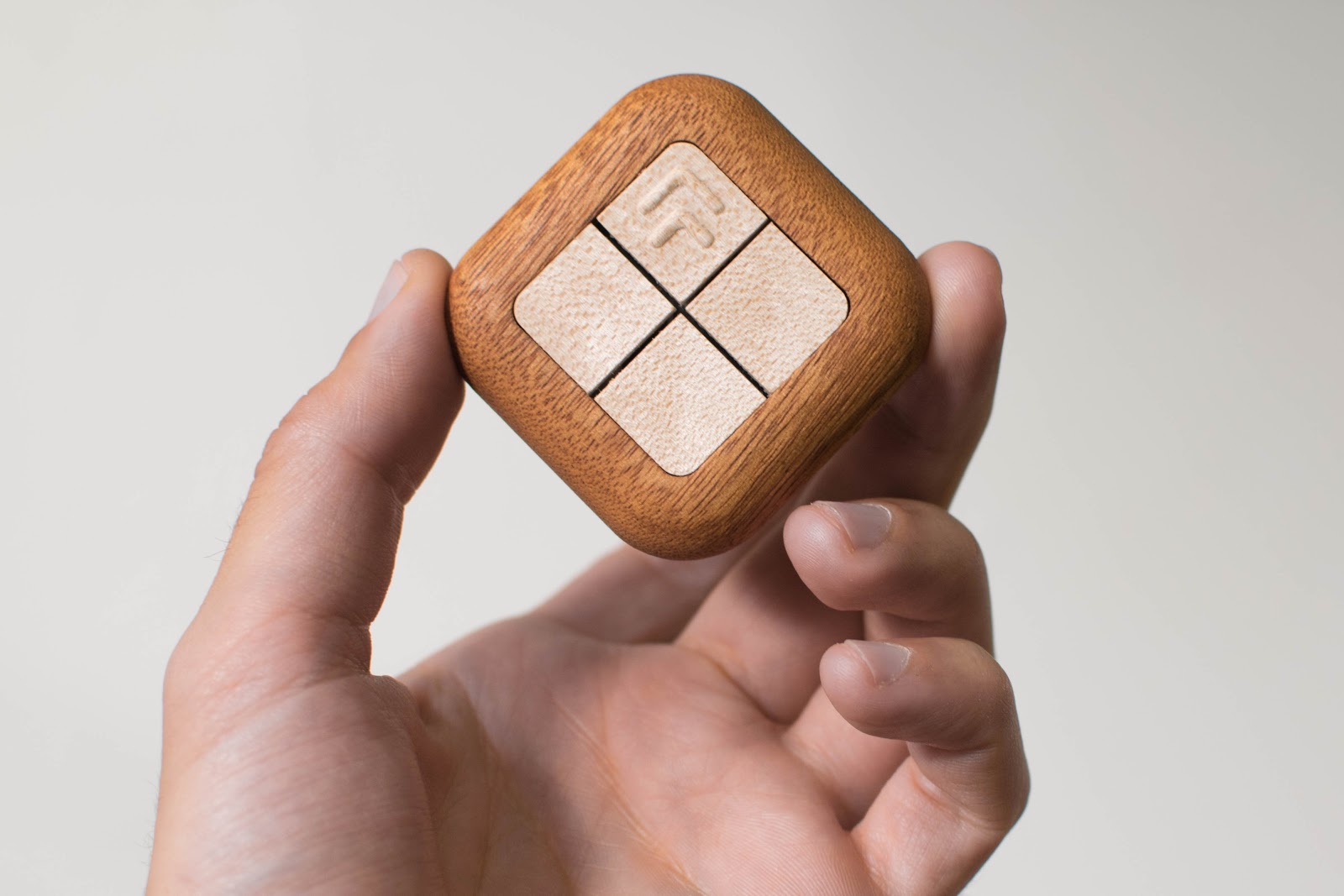How I Created The Turn Touch Remote And Raised $57,000
Hello! Who are you and what are you working on?
I’m Samuel Clay and I designed Turn Touch. Turn Touch is a wooden smart home remote.
Forget plastic, this is a remote as stylish as your home. It controls every smart home device that speaks Wi-Fi. You can also use it to control your Mac and iOS devices over Bluetooth. This includes Keynote, iTunes, Quicktime, Spotify, Sonos, and lots more.
We launched in February 2017 on Kickstarter - and sold over 800 remotes in 30 days. Now in its second production run of 1,000 remotes, two models are sold: mahogany and rosewood.

What's your backstory and how did you come up with the idea?
I came up with the idea for Turn Touch from a need that I had.
I had just received a Philips Hue...

Download the report and join our email newsletter packed with business ideas and money-making opportunities, backed by real-life case studies.

Download the report and join our email newsletter packed with business ideas and money-making opportunities, backed by real-life case studies.

Download the report and join our email newsletter packed with business ideas and money-making opportunities, backed by real-life case studies.

Download the report and join our email newsletter packed with business ideas and money-making opportunities, backed by real-life case studies.

Download the report and join our email newsletter packed with business ideas and money-making opportunities, backed by real-life case studies.

Download the report and join our email newsletter packed with business ideas and money-making opportunities, backed by real-life case studies.

Download the report and join our email newsletter packed with business ideas and money-making opportunities, backed by real-life case studies.

Download the report and join our email newsletter packed with business ideas and money-making opportunities, backed by real-life case studies.














